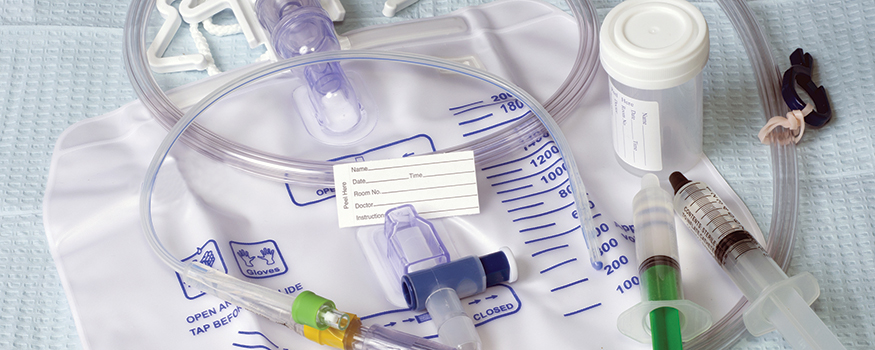Start the New Year off right by checking out these resources.
Pressure ulcer prevention education
Access the following education resources from Wounds International:
The webinar “Real-world solutions for pressure ulcer prevention: Optimising the role of support surfaces” includes:
• an overview of the issue of pressure ulcers
• what to consider when choosing a support surface
• how to operationalize support surfaces in the clinical setting.
The program “Advances in pressure ulcer prevention and treatment made easy” highlights the guidance on prevention and treatment strategies for pressure ulcer care, with a focus on the role of silicone-foam wound dressings.
CAUTI toolkit
The Agency for Healthcare Research and Quality has released a toolkit for reducing catheter-associated urinary tract infections (CAUTI) in patients who are hospitalized. The toolkit consists of three modules—implementation, sustainability, and resources—that a hospital can use to teach team members how to apply concepts from the Comprehensive Unit-based Safety Program (CUSP) to prevent CAUTI. Each module contains:
• guides
• tools
• archived webinars.
The 4-year project to develop the toolkit brought together subject matter experts and participating hospitals across the United States.
Ostomy patient resources
Here are two resources for patients:
• The Ostomy Society’s website aboutstoma provides a wealth of resources for patients, including links to videos on how to change an ostomy bag, how to stop stoma leaks, and how to measure stoma size.
• The Memorial Sloan Kettering Cancer Center provides “A guide for patients with an ileostomy or colostomy,” which includes types of ostomies, care of an ostomy, body image issues, nutrition, medication, exercise, odor control, sexual activity, work, and travel. It also has a list of frequently asked questions.
Multi-drug-resistant gram-negative bacteria
Wound infections are too often resistant to antibiotics, which makes prevention of infection and early intervention if infection occurs essential. A new resource comes from European colleagues in the form of the article “Prevention and control of multi-drug-resistant Gram-negative bacteria: Recommendations from a Joint Working Party,” published in the Journal of Hospital Infection. Gram-negative bacteria are often difficult to treat and can slow wound healing.
The article includes recommendations for screening, diagnosis, and infection control precautions, such as hand hygiene, single-room accommodation, and environmental screening and cleaning. One recommendation is, “Screening for rectal and wound carriage of carbapenemase-producing Enterobacteriaceae should be undertaken in patients at risk.”
STDs guidelines from CDC
The Centers for Disease Control and Prevention (CDC) has updated its guidelines for the treatment of sexually transmitted diseases (STDs). The guidelines discuss:
• alternative treatment regimens for Neisseria gonorrhoeae
• the use of nucleic acid amplification tests for the diagnosis of trichomoniasis
• alternative treatment options for genital warts
• the role of Mycoplasma genitalium in urethritis/cervicitis and treatment-related implications
• updated HPV vaccine recommendations and counseling messages
• the management of persons who are transgender
• annual testing for hepatitis C in persons with HIV infection
• updated recommendations for diagnostic evaluation of urethritis
• retesting to detect repeat infection.
Clinicians can download the 2015 STD treatment guide app, which combines information from the treatment guidelines and MMWR updates. The app features a streamlined interface so providers can access treatment and diagnostic information easily.







